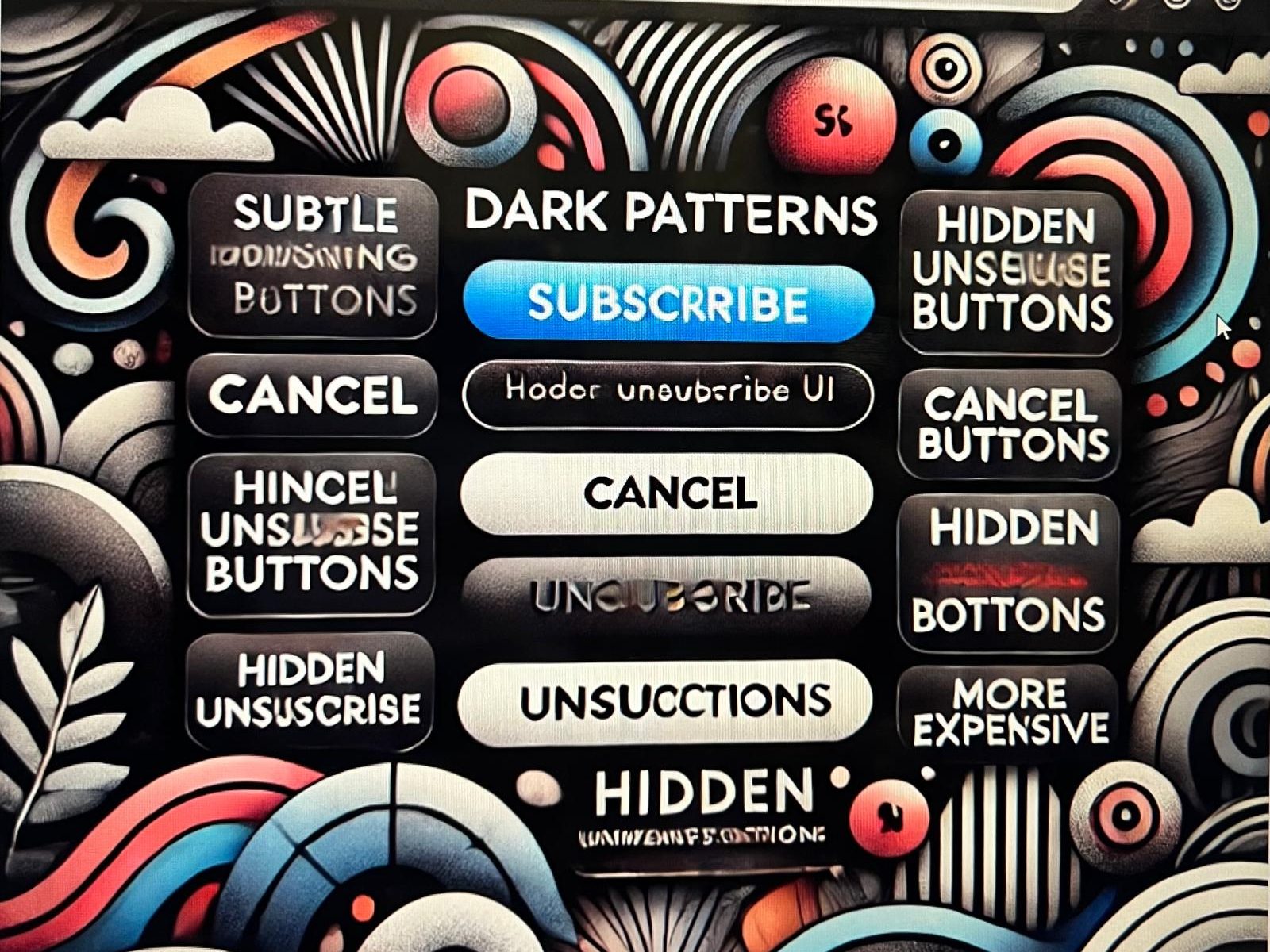AI has transformed the way people interact with content from the likes of ChatGPT through Midjourney. What these tools herald, with each new acquisition of efficiency and creative potential, are grave ethical concern violations that immediately cry out for critical examination. Is this technology an existential threat to our very social fabric? It depends upon how we consider that we are called to answer demands for regulation and oversight.
Core Concern: Trust and Misinformation
Generative AI is just a “stochastic parrot,” as James Bridle describes such models in his book named The Stupidity of AI. They learn to babble based on the pattern in the data they were trained on; they don’t understand its meaning. That limitation can have quite profound consequences.
But of these, the biggest is probably misinformation. As was made clear in the “GPT-4 Is Here” episode of the Hard Fork podcast, this function of GPT-4 really blurs lines of what is real and fabricated, and often the public can’t anymore tell. That backbone of modern society-public trust-becomes dangerous.
A study from MIT shows that, as compared to the truth, lies travel much faster, reaching more people. Now, add to that the power of generative AI in creating fake news that would sound real and convincing, and you easily have disinformation disrupting public discourse. When trust disintegrates, skepticism and polarization rise, leading to social weakness.
Calls for Regulation and Oversight
Bridle concludes that all these risks can be mitigated only by bringing more transparency and accountability into the processes of AI development. The hosts, Kevin Roose and Casey Newton, say policies putting accuracy over engagement can’t wait anymore. That could include regulatory actions which would force the labeling of AI-generated content, disclosures about the sources of data, and assurances that AI systems serve the public interest and safety.
It does indeed needs a balancing touch, though. The policy can’t be overreaching or unduly restrictive; this serves only to bottleneck progress in innovation and reduce the much-vaunted benefits generative AI may bring to areas such as education, healthcare, and the creative industries. The aim is to reach adaptive guidelines that foster responsible development, not hamper momentum.
Balanced Approach
While indeed generative AI comes loaded with a few perils, serious oversight diminishes these. A better prelude would be for policymakers, developers, and users to actually construct a scaffolding that protects public trust while moving innovation ahead. First steps toward that goal are clear labeling of AI content, transparency in development practices, and public education that understands or identifies AI outputs. Conclusion It does not have to be an existential threat in and of itself, but left unsupervised, it will undermine and destabilize the very fabric of trust holding societies together. The development of policy and rules will necessarily have to move rapidly in order to ensure a situation whereby those technologies serve society responsibly.
explore more on this topic: https://www.theguardian.com/technology/2023/mar/16/the-stupidity-of-ai-artificial-intelligence-dall-e-chatgpt
- GPT-4 is Here: first 30 mins. of episode:
https://www.nytimes.com/2023/03/17/podcasts/hard-fork-gpt-4.html
(or wherever you get your podcasts: https://duckduckgo.com/?q=hard+fork+podcast+gpt-4+is+here)

